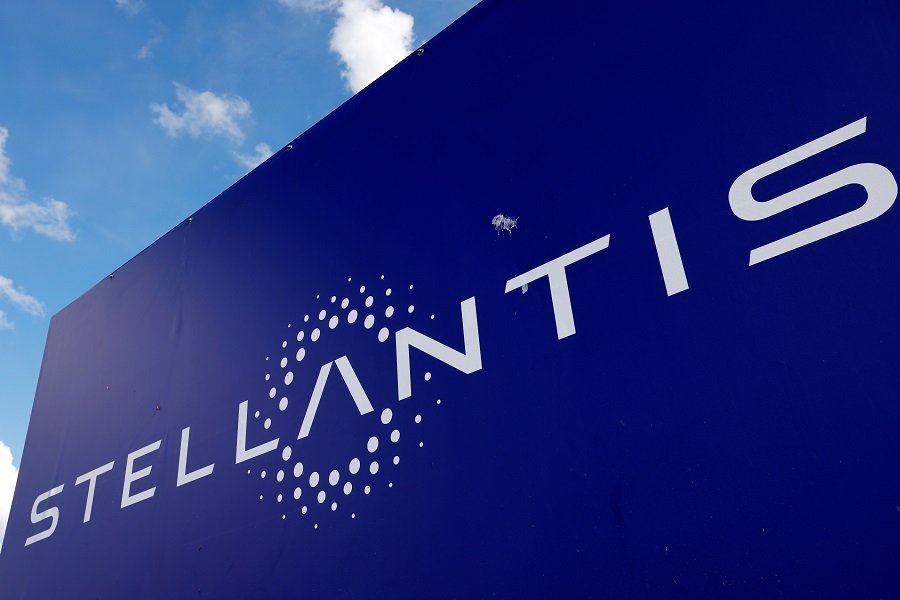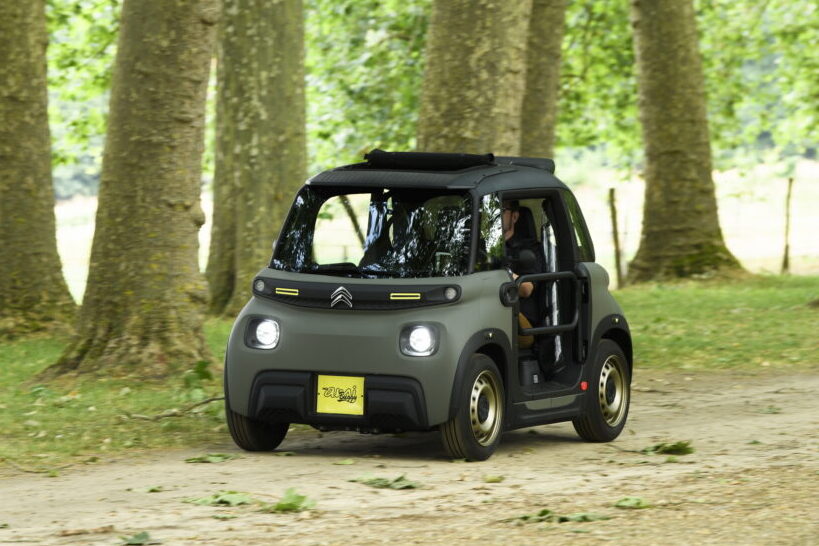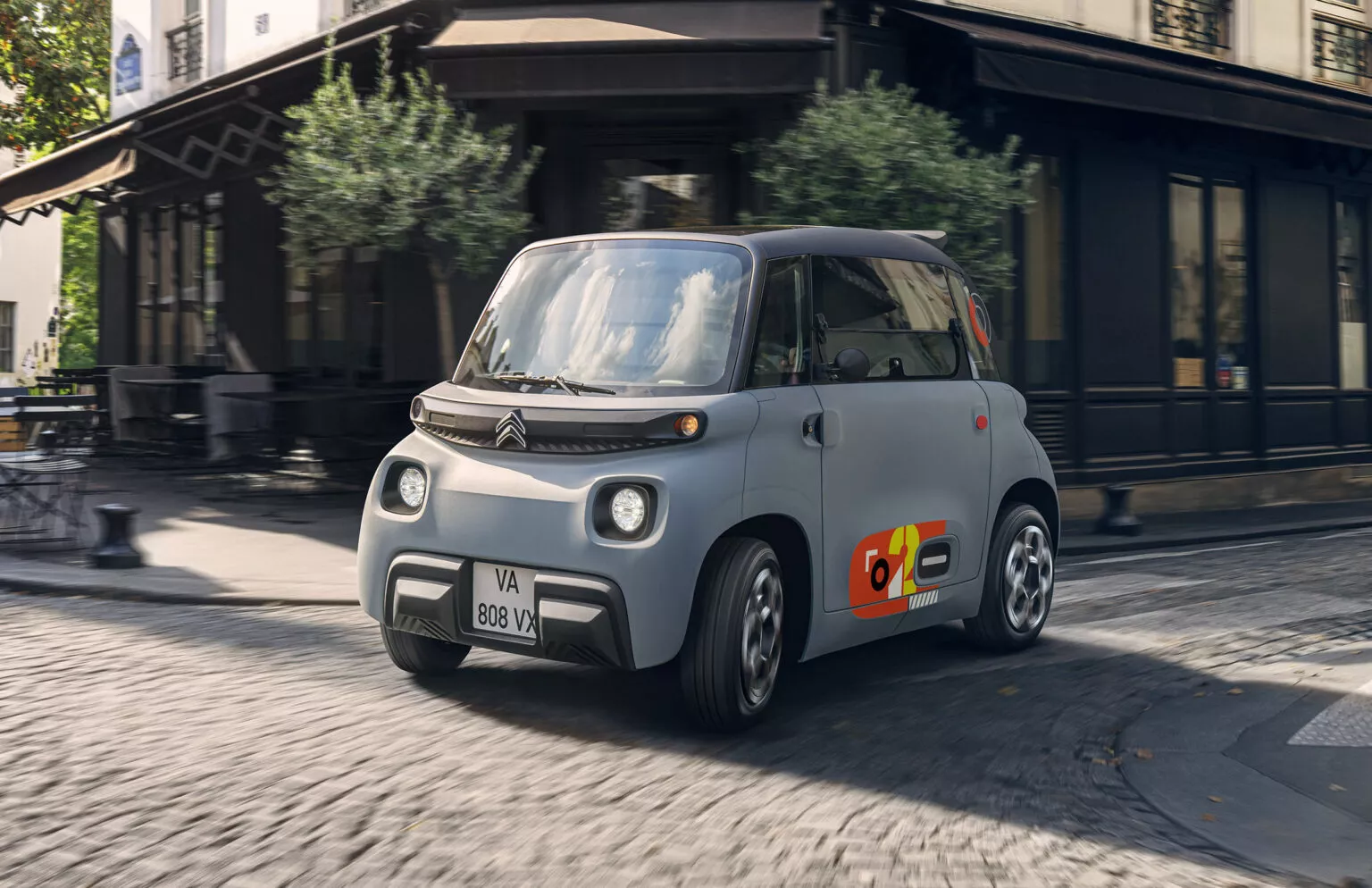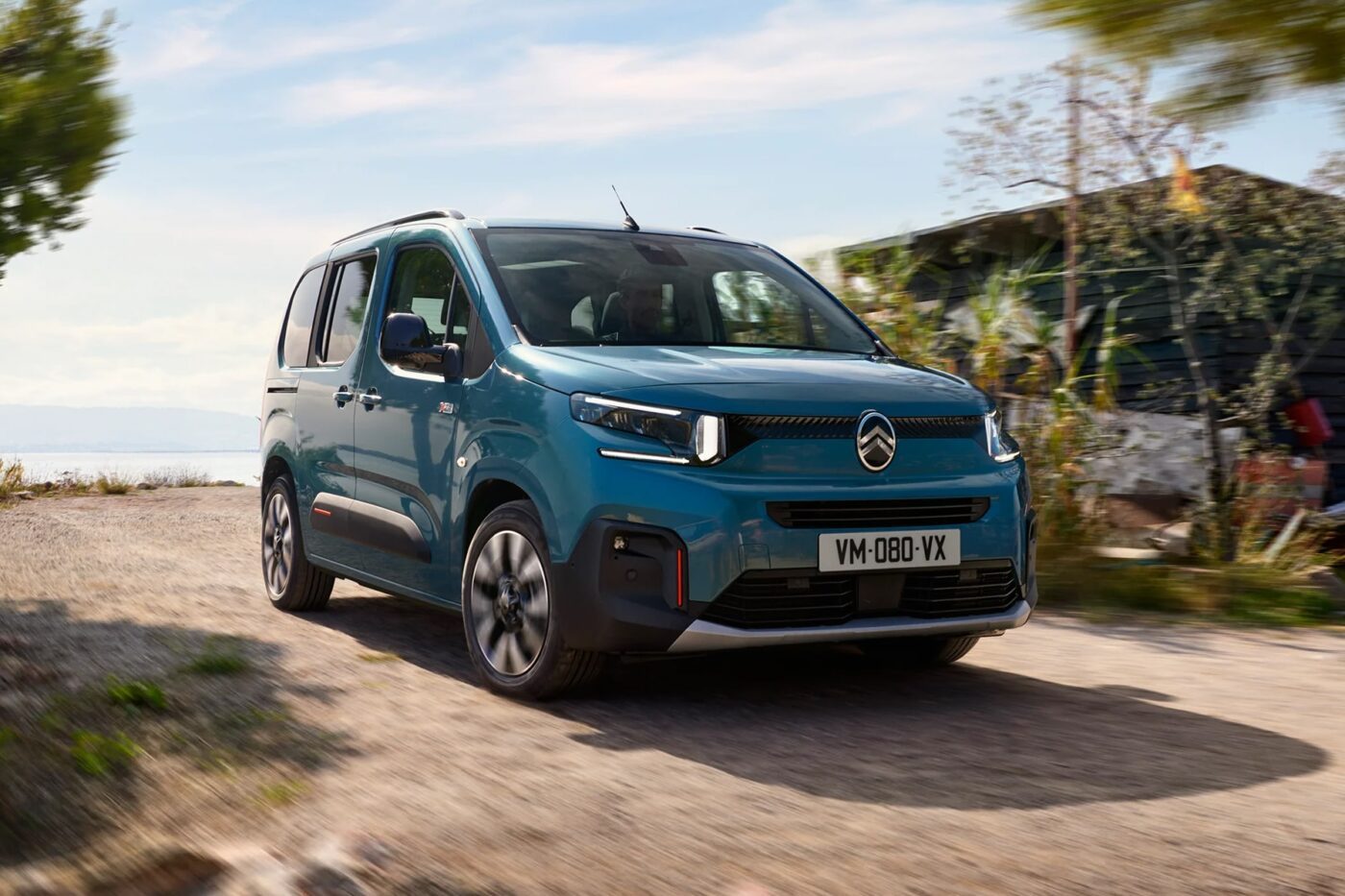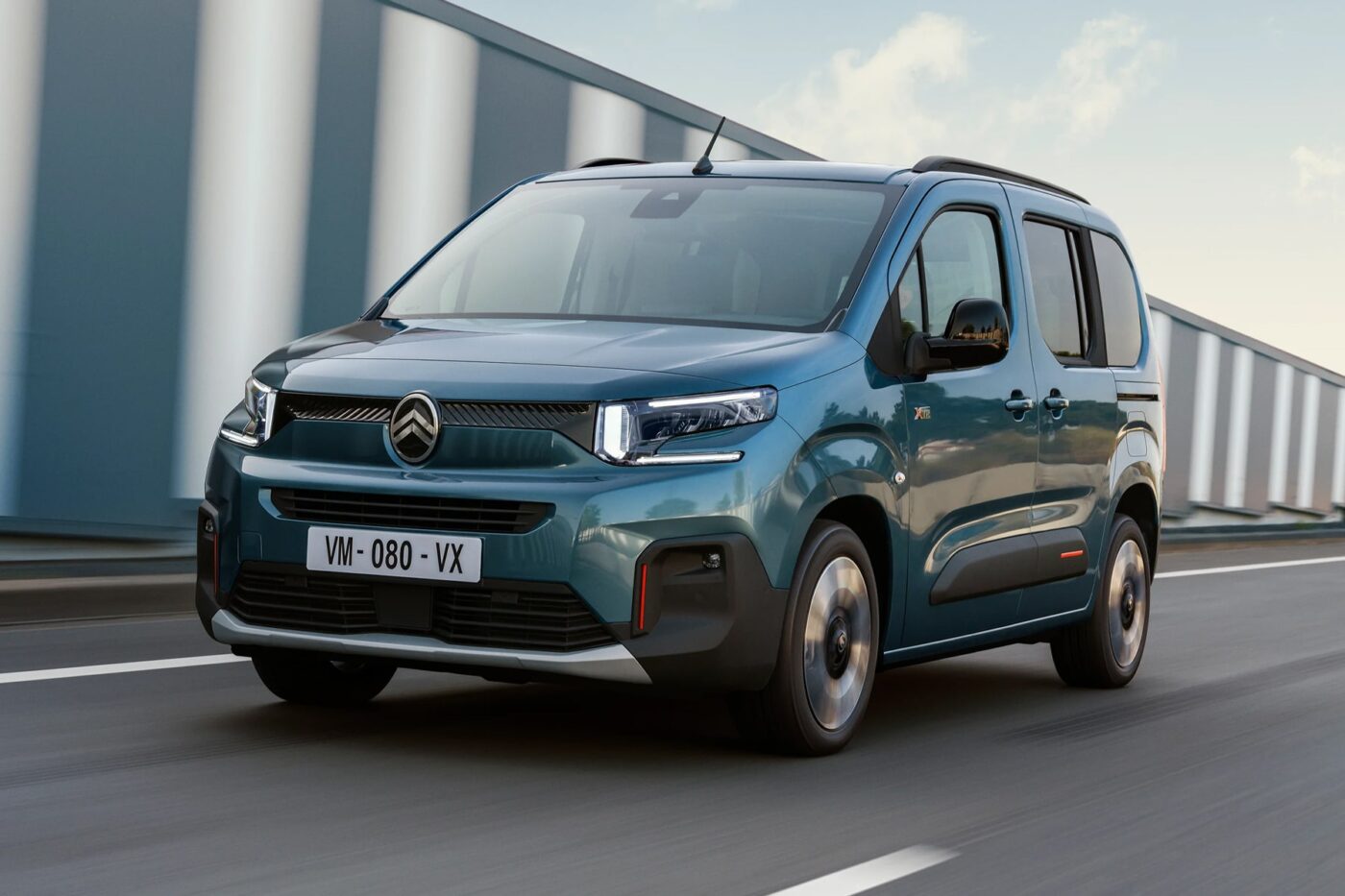Stellantis, the world’s third-largest carmaker, is set to unveil its highly-anticipated European-made affordable electric car, the Citroën e-C3, in mid-October. This move comes as the company aims to combat the increasing presence of lower-cost Chinese brands in the European market.
Compared to conventional fossil-fuel vehicles, electric cars tend to carry a higher price tag. However, European automakers are planning to develop more affordable models, fueled by government subsidies and incentives.
France, for instance, is planning to introduce a subsidy for electric vehicles manufactured within Europe, as these vehicles have a lower carbon footprint compared to imported models. In addition, the country is launching a social leasing program that will offer EVs to lower-income households for approximately €100 ($108) per month.
A government source has informed Reuters that the details of the EV subsidy will be revealed in October, and the program will be applicable to cars delivered in 2024.
The rise of affordable European electric vehicle models can be attributed to the growing threat posed by Chinese EV brands, which are capable of providing cheaper alternatives. While Chinese automakers have primarily focused on larger electric vehicles, they are expected to expand their presence in Europe by introducing smaller, more cost-effective models.
Presently, the most affordable electric car options available in the French market are the Chinese-manufactured Renault Dacia Spring and the electric Renault Twingo, priced at €21,000 ($22,806) and €25,000 respectively. However, production of the Twingo will cease in mid-2024.
Citroën’s CEO, Thierry Koskas, stated that the new e-C3, which is larger than the aforementioned models, will be a valuable addition to the market, with a price tag under €25,000. He highlighted its unique selling proposition, stating that “today there is no equivalent on the market” and emphasizing its potential as a suitable option for the government’s social leasing initiative.
The e-C3 will be built on Stellantis’ “smart car” architecture, initially introduced in India and Latin America. The vehicle will be assembled in Slovakia and is expected to be launched in early 2024, according to Koskas.
Sources familiar with the matter have indicated that the e-C3’s battery, which will offer a range of 300 km (186 miles), will likely be manufactured in China. As the battery constitutes a significant portion of an electric vehicle’s value, Stellantis is seeking an exemption from certain regulations to qualify for the French government subsidy, as stated by one of the sources.
The proposed subsidy scheme is designed for vehicles assembled within Europe, as their production is associated with lower CO2 emissions. However, the fact that a crucial component of the Citroën e-C3 will be sourced from China raises concerns about its eligibility for the subsidies.

